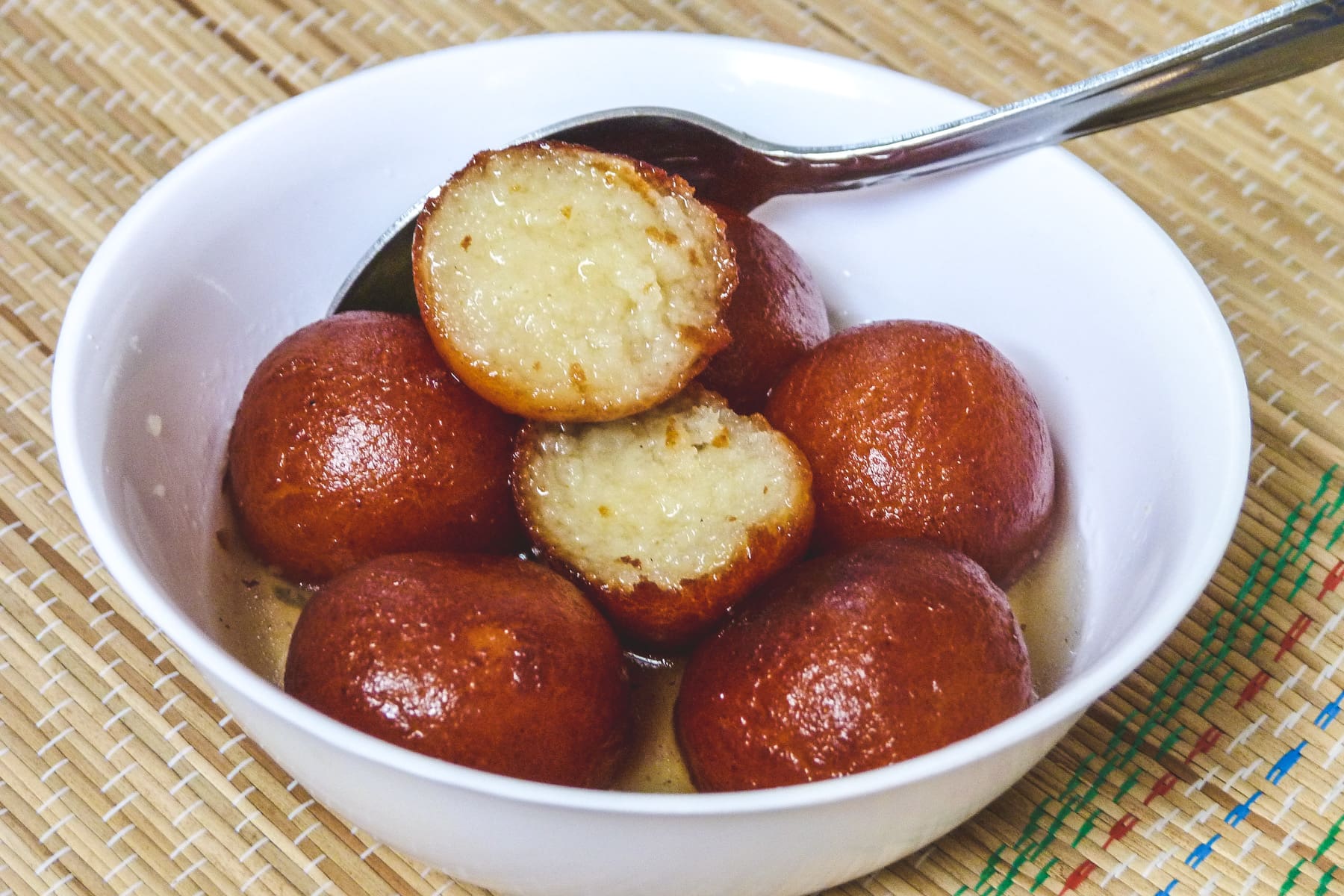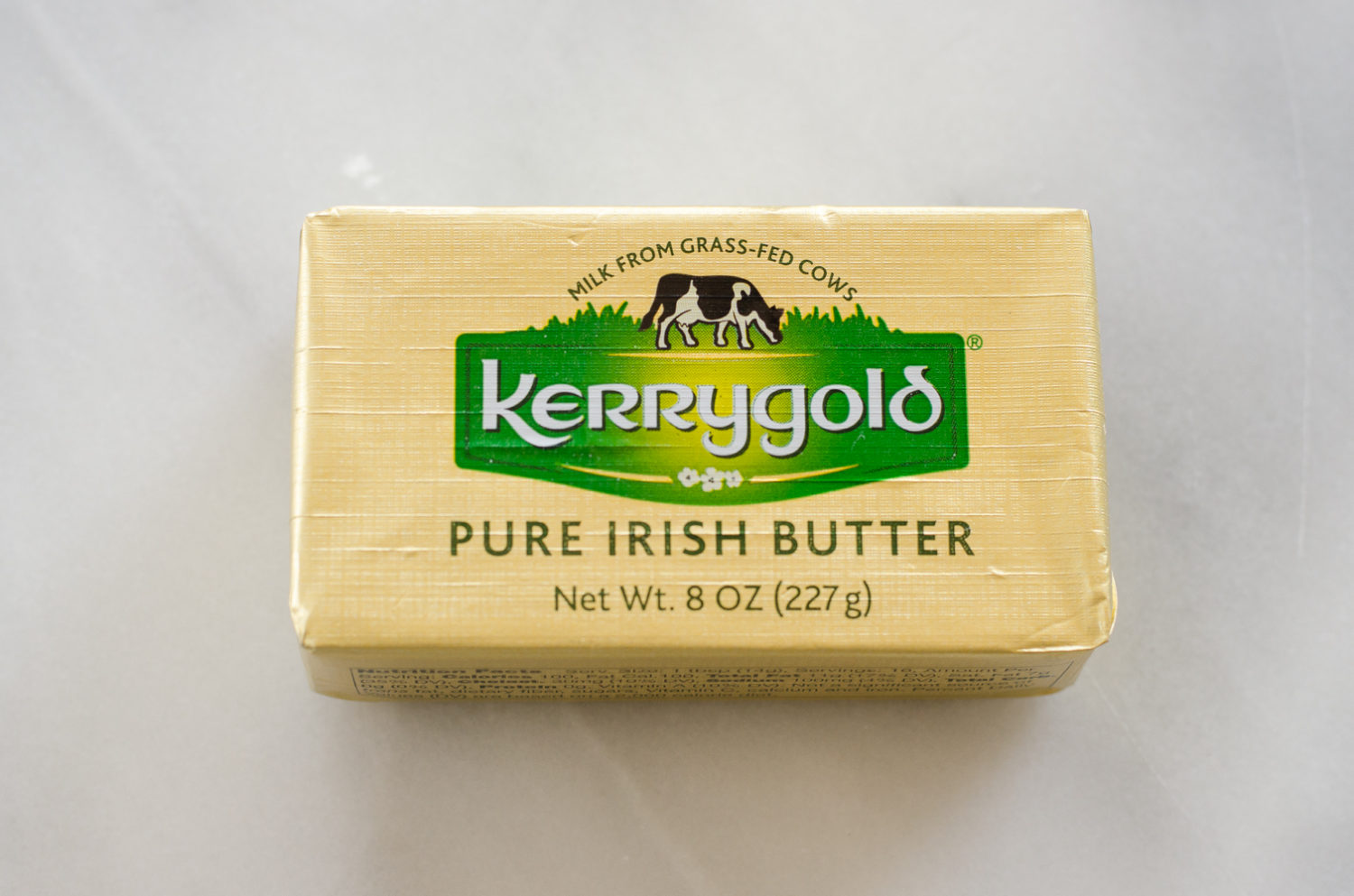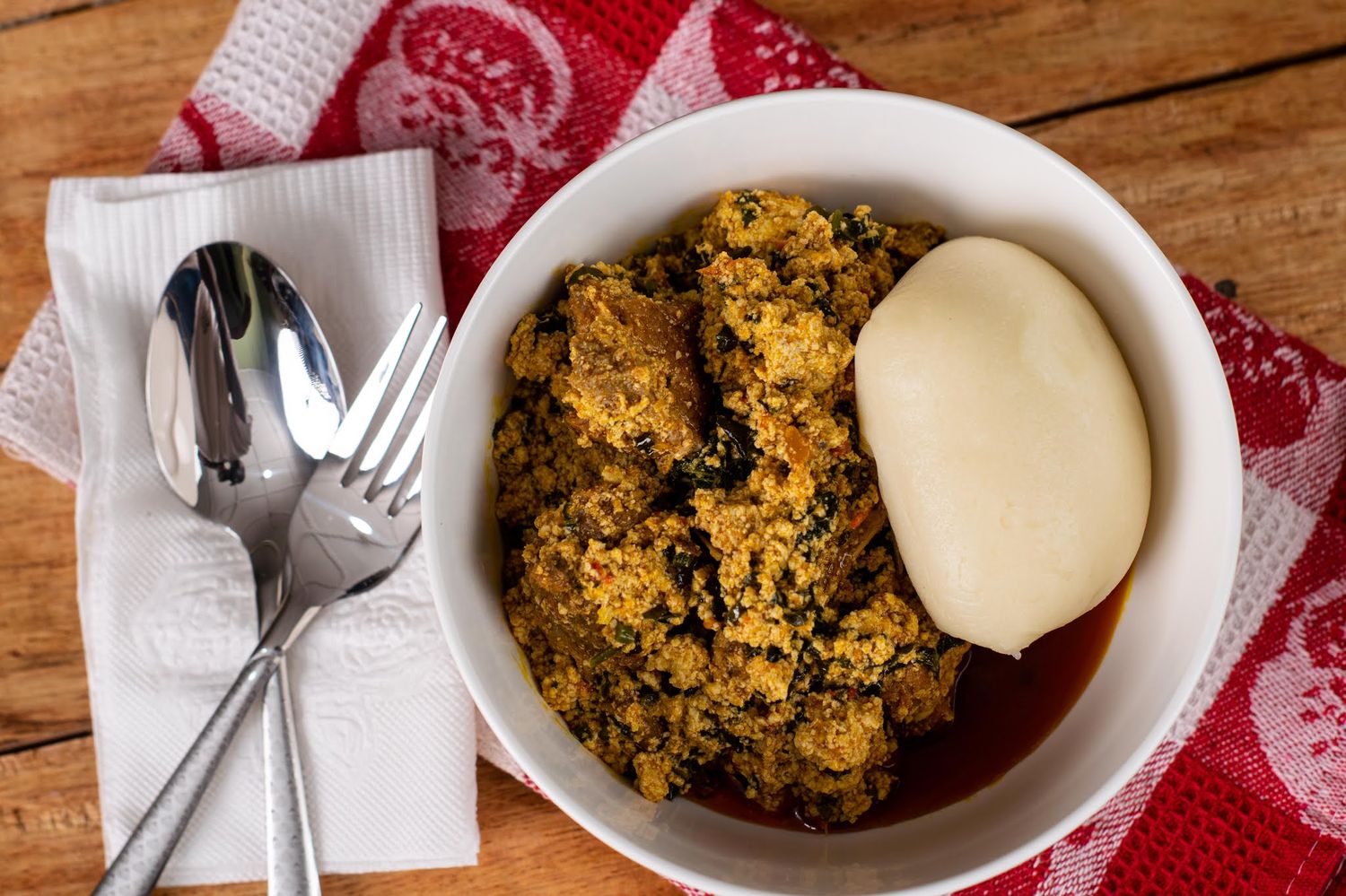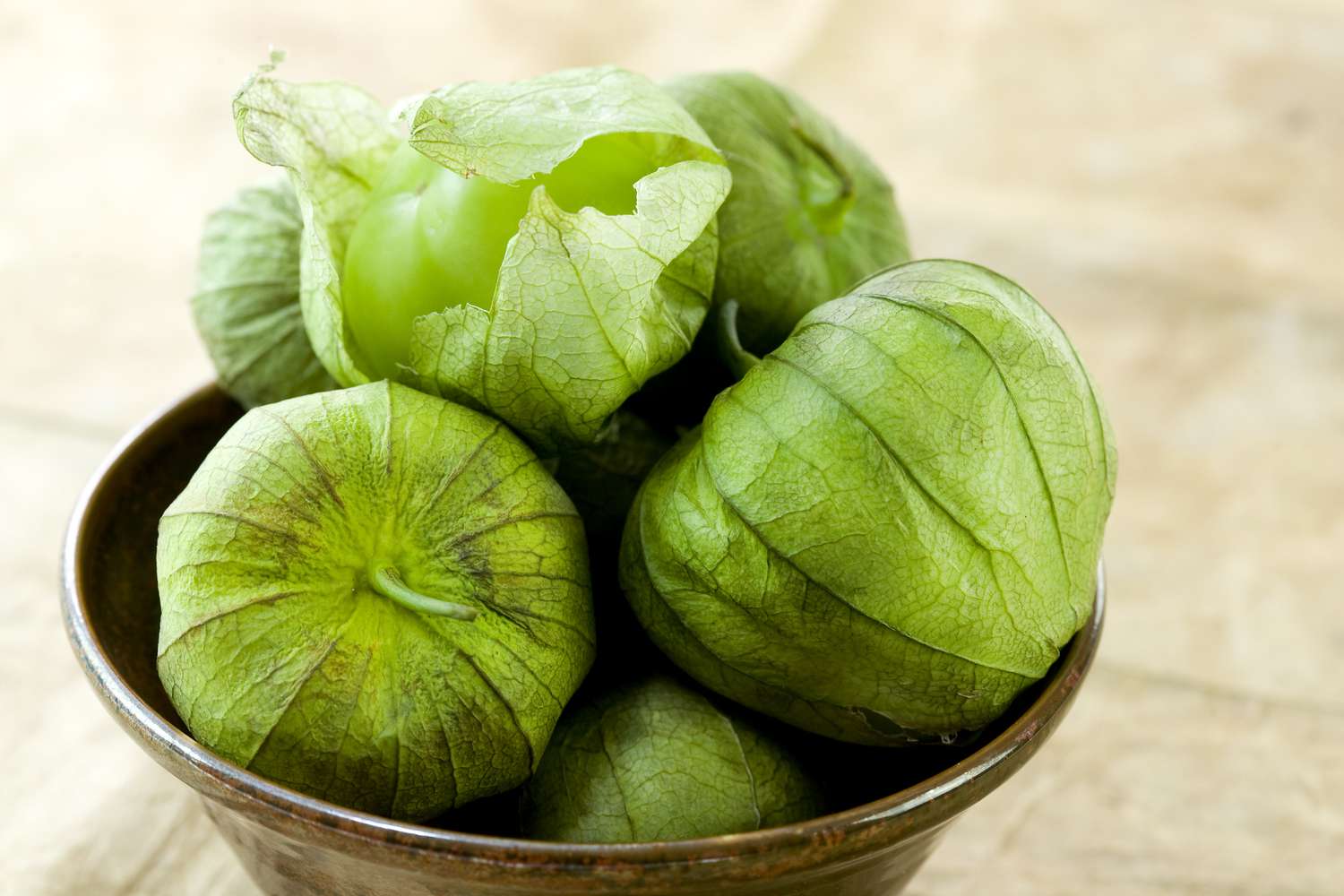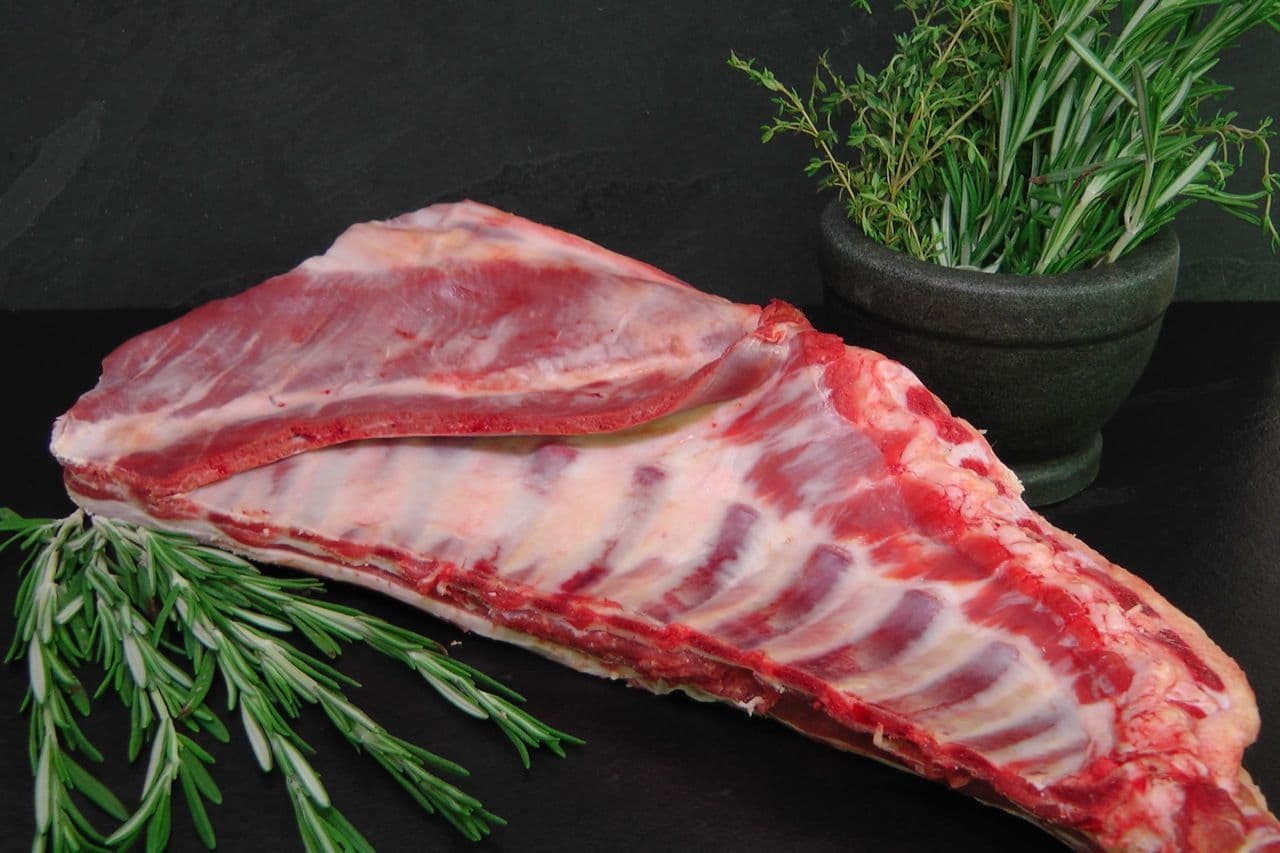Discovering the Delightful Tradition of Easter Sausage
When it comes to Easter traditions, many people immediately think of colorful eggs, chocolate bunnies, and festive gatherings with loved ones. However, there’s another delightful tradition that often takes center stage during Easter celebrations: Easter sausage. This savory and flavorful delicacy holds a special place in the hearts of many families, particularly those with European heritage. Let’s take a closer look at what Easter sausage is and why it has become a beloved part of the holiday.
What Is Easter Sausage?
Easter sausage, also known as Easter kielbasa or Easter ham, is a type of sausage that is traditionally prepared and enjoyed during the Easter season. It is often made with a combination of pork, beef, and a blend of herbs and spices, giving it a rich and savory flavor. The sausage is typically smoked or cured, adding depth to its taste and texture. In some cultures, Easter sausage is also made with symbolic ingredients such as garlic and marjoram, which are believed to bring blessings and protection to those who consume it.
The Significance of Easter Sausage
For many families, the preparation and consumption of Easter sausage hold deep cultural and religious significance. In certain European countries, particularly Poland and Ukraine, Easter sausage plays a central role in the Easter Sunday meal. It is often blessed by a priest as part of the Easter festivities, signifying the importance of faith and tradition in the culinary customs of the holiday.
Moreover, Easter sausage is seen as a symbol of abundance, prosperity, and the arrival of spring. Its rich and hearty flavor represents the joy and abundance of the season, making it a fitting addition to the Easter table. In some regions, it is also believed that consuming Easter sausage brings good luck and ensures a bountiful harvest in the coming year.
How Easter Sausage Is Enjoyed
There are various ways to enjoy Easter sausage during the holiday season. It can be served as part of a festive Easter breakfast, paired with eggs, bread, and other traditional accompaniments. Many families also incorporate Easter sausage into their Easter dinner menus, serving it alongside roasted meats, vegetables, and other holiday dishes.
Some people also enjoy Easter sausage in its simplest form, savoring its robust flavor on its own or as part of a charcuterie board. Whether sliced and served cold or grilled to perfection, Easter sausage offers a versatile and delicious option for Easter meals and gatherings.
Preserving a Time-Honored Tradition
As with many cultural and culinary traditions, the art of making and enjoying Easter sausage has been passed down through generations, preserving the customs and flavors of the past. Families often have cherished recipes and techniques for preparing Easter sausage, keeping the tradition alive year after year.
While the modern world offers a wide array of culinary choices, the tradition of Easter sausage continues to hold a special place in the hearts of those who value heritage, community, and the joy of coming together to celebrate the Easter season.
In conclusion, Easter sausage is more than just a delicious food item; it is a symbol of tradition, faith, and the joy of Easter. Whether enjoyed as part of a festive meal or savored on its own, Easter sausage brings a sense of connection to the past and a celebration of the season’s abundance. As families gather to mark the holiday, the presence of Easter sausage serves as a reminder of the enduring traditions that enrich our lives and bring us closer to our cultural roots.
Was this page helpful?
Read Next: What Is Cream For Snow Cones



